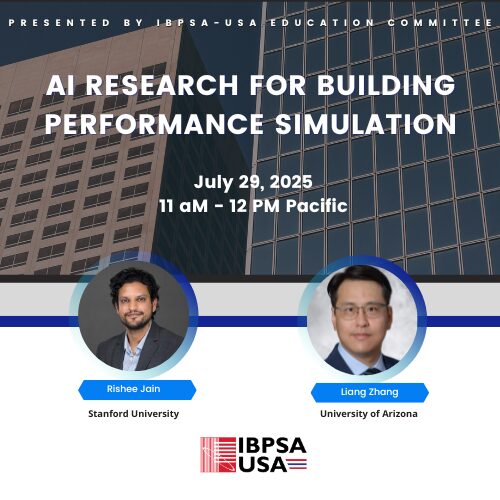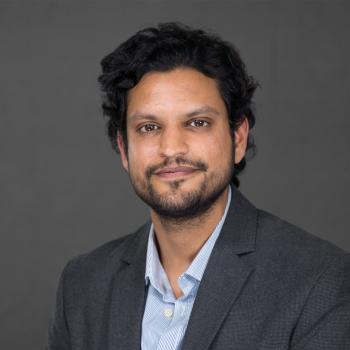
AI Research for Building Performance Simulation

Rishee Jain
Rishee K. Jain is an Associate Professor of Civil & Environmental Engineering and the Director of the Urban Informatics Lab at Stanford University. His research focuses on the development of data-driven and socio-technical solutions to sustainability problems facing the urban built environment and lies at the intersection of civil engineering, data analytics and social science. He is a recipient of a CAREER award from the National Science Foundation and a Building Innovator Fellowship from the Department of Energy. Rishee earned his BS in Civil & Environmental Engineering from the University of Texas at Austin and his MS/PhD from Columbia University as part of a joint a IGERT program between civil engineering and urban planning.

Liang Zhang
Liang Zhang is an assistant professor of the Department of Civil and Architectural Engineering and Mechanics at the University of Arizona. Prior to joining the University of Arizona, Liang was a research scientist at National Renewable Energy Laboratory (NREL) where he led and worked on high-profile U.S. Department of Energy (DOE) projects related to large-scale building energy modeling, artificial intelligence in buildings, smart and connected communities, and fault detection & diagnostics. Before joining NREL, he received his Ph.D, in architectural engineering at Drexel University. In the dissertation, he developed a novel artificial intelligence-enhanced building energy forecasting modeling framework for transactive load control in grid-interactive efficient buildings.
